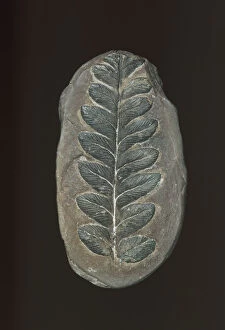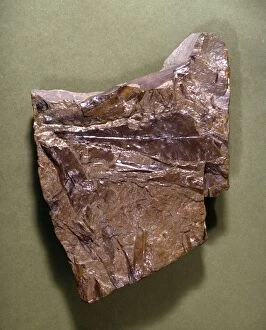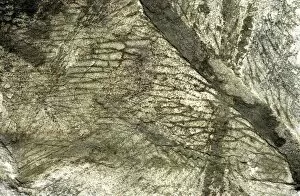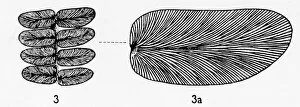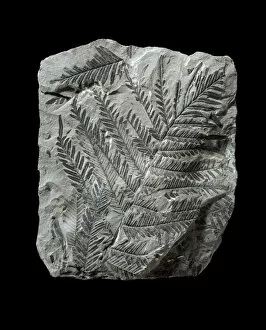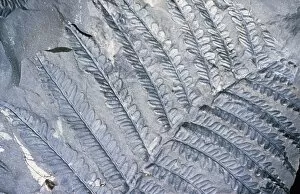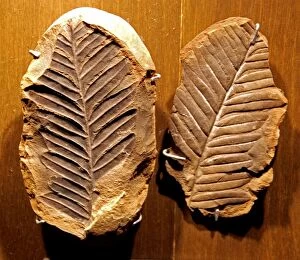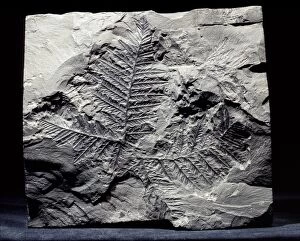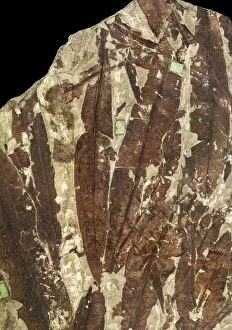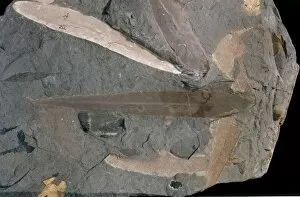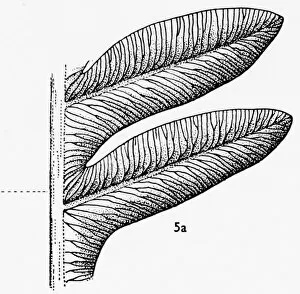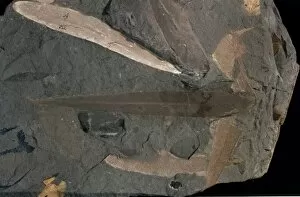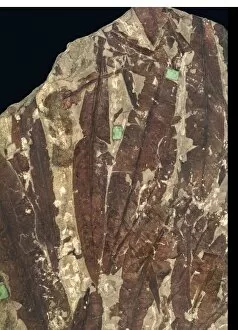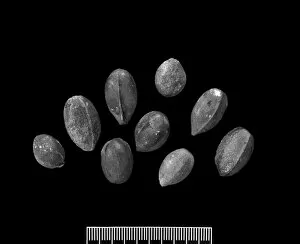Pteridosperm Collection
"Unveiling the Ancient World: Exploring the Enigmatic Pteridosperms" Step into a prehistoric realm where ancient plants thrived
For sale as Licensed Images
Choose your image, Select your licence and Download the media
"Unveiling the Ancient World: Exploring the Enigmatic Pteridosperms" Step into a prehistoric realm where ancient plants thrived, as we delve into the captivating world of pteridosperms. These remarkable seed ferns, such as Mariopteris muricata and Alethopteris lonchitica, flourished during the bygone era, leaving behind an intriguing fossil record that continues to captivate scientists today. Among these remnants of antiquity lies Glossopteris indica, an Antarctic fossil leaf that offers valuable insights into Earth's distant past. Its delicate veins tell tales of a time when this region was teeming with lush vegetation. Another fascinating find is Glossopteris C016/4852 - a fern fossil showcasing intricate details preserved over millennia. Venturing further back in time, we encounter Neuropteris gigantea (Sternberg), a majestic pteridosperm whose fronds stretched far and wide. The beauty of its fossilized leaves serves as a window into landscapes long forgotten. As our journey through time unfolds, we stumble upon Pachypteris trees from the prehistoric era. Towering giants adorned with vibrant foliage once dominated primeval forests. Their presence evokes awe and wonder at nature's ability to shape life across eons. Not limited to land-dwelling flora alone, pteridosperms also shared their habitat with creatures like Prestosuchus dinosaurs who skillfully caught fish out of water – an extraordinary sight indeed. The legacy left by these extinct plant species endures; their fossils whisper stories about Earth's evolution and offer glimpses into ecosystems lost in time. So let us marvel at the resilience and diversity displayed by these ancient organisms while appreciating how they continue to inspire scientific exploration even today.

